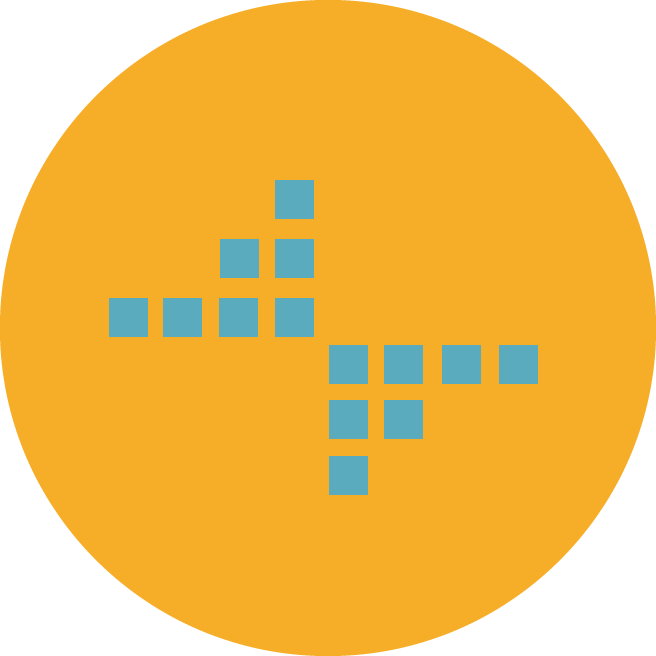
HIV Self-Testing Market To Expand With Increasing Application of HIV Self-Testing Kits by Nations By A CAGR of 45.62% Throughout 2020-2025
Research Nester has released a report titled “HIV Self-Testing Market – Global Demand Analysis & Opportunity Outlook 2025” which also includes some of the prominent market analyzing parameters such as industry growth drivers, restraints, supply and demand risk, market attractiveness, year-on-year (Y-O-Y) growth comparisons, market share comparisons, BPS analysis, SWOT analysis and Porter’s five force model.
Global AIDS Epidemic, a statistical report by the UNAIDS and World Health Organization (WHO), stated that around 1.7 million people were affected newly by HIV in the year 2018and that nearly 770,000 people died of AIDS.
The statistics portray the growing concern for AIDS amongst individuals around the globe which is raising the necessity for testing HIV diseases in a private environment with immediate results. As such, several nations around the globe have recently introduced the HIV self-testing kits and are developing policies to aware consumers and increase the awareness on HIV self-testing. Additionally, the need to scale up rapid diagnosis of HIV in nations, along with the growing investments of the government on healthcare worldwide and increasing purchases of HIV self-testing kits by the public sector are some of the factors anticipated to drive the growth of the global HIV self-testing market.
The global HIV self-testing market is anticipated to grow at a CAGR of 45.62% during the forecast period, i.e. 2020-2025. The market is thriving on the back of the growing prevalence of HIV across the world, which continues to be a burden for nations around the globe, along with the opportunities observed in making HIV kits available in several nations where there are no policies for HIVST, and the increasing adoption of HIV self-testing kits on the back of increasing public sector funding and collaborations are some of the factors anticipated to promote towards the growth of the global HIV self-testing market. The global HIV self-testing market was valued at USD 44.36 million in the year 2018 and is predicted to reach USD 1040.99 million by the end of 2025 and achieve a Y-o-Y growth rate of 40.77% in the year 2025 as compared to the previous year.
The global HIV self-testing market is segmented by sample into blood, oral fluid and urine. Among these segments, blood segment held the largest market share of 47.12% in the year 2018 and is anticipated to grow by a CAGR of 45.18% over the forecast period. Further the segment is anticipated to cross USD 480.10 million by the end of 2025. Blood samples provide the most accurate results while conducting HIV tests. At certain times, it might also be invalid owing to factors such as incorrect use of buffer, insufficient specimen and others.
Download Sample of This Strategic Report
Geographically, the global HIV self-testing market is segmented by five major regions into North America, Europe, Middle East & Africa, Asia-Pacific and Latin America region. The market in South East Asia, which was valued at USD 2.21 million in the year 2018 is anticipated to attain a CAGR of 50.74% during the forecast period on account of factors such as presence of nations, such as Thailand and Cambodia, which are considered to be the centers of the HIV epidemic. Global AIDS Epidemic, a statistical report by the UNAIDS and World Health Organization (WHO), stated that around 0.3% of the adults in South East Asia are infected with HIV. On the other hand, the HIV self-testing market in Latin America is anticipated to reach a value of USD 51.24 million in the year 2025on the back of the presence of nations, such as Brazil, which has the highest prevalence of HIV, along with the availability of advanced treatment facilities for HIV in the nation.
However, concerns for low awareness among people for HIV self-testing, low availability of the product in pharmacies of low- and middle-income countries, preference of numerous doctors for restricting the use of HIV self-testing kits, limited choices for consumers, donor funded market for single product and lengthy registration process for approval of locally manufactured products are some of the factors estimated to act as a barrier to the growth of the global HIV self-testing market.
This report also studies existing competitive scenario of some of the key players of the global HIV self-testing market, which includes profiling of OraSure Technologies, Inc. (NASDAQ: OSUR), Chembio Diagnostics, Inc. (NASDAQ: CEMI), WAMA Diagnostica, ECO Diagnostica, Orange Life and Ebram Produtos Laboratoriais Ltda.
The profiling enfolds key information of the companies which comprises of business overview, products and services, key financials and recent news and developments. Conclusively, the report titled “HIV Self-Testing Market – Global Demand Analysis & Opportunity Outlook 2025”, analyses the overall HIV self-testing industry to help new entrants to understand the details of the market. In addition to that, this report also guides existing players looking for expansion and major investors looking for investment in the global HIV self-testing market in the near future.
Editor Details
-
Company:
- Research Nester
-
Name:
- Pooja Singh
- Email:
-
Telephone:
- +16465869123
- Website:
Related Links
- Website: HIV Self-Testing Market
